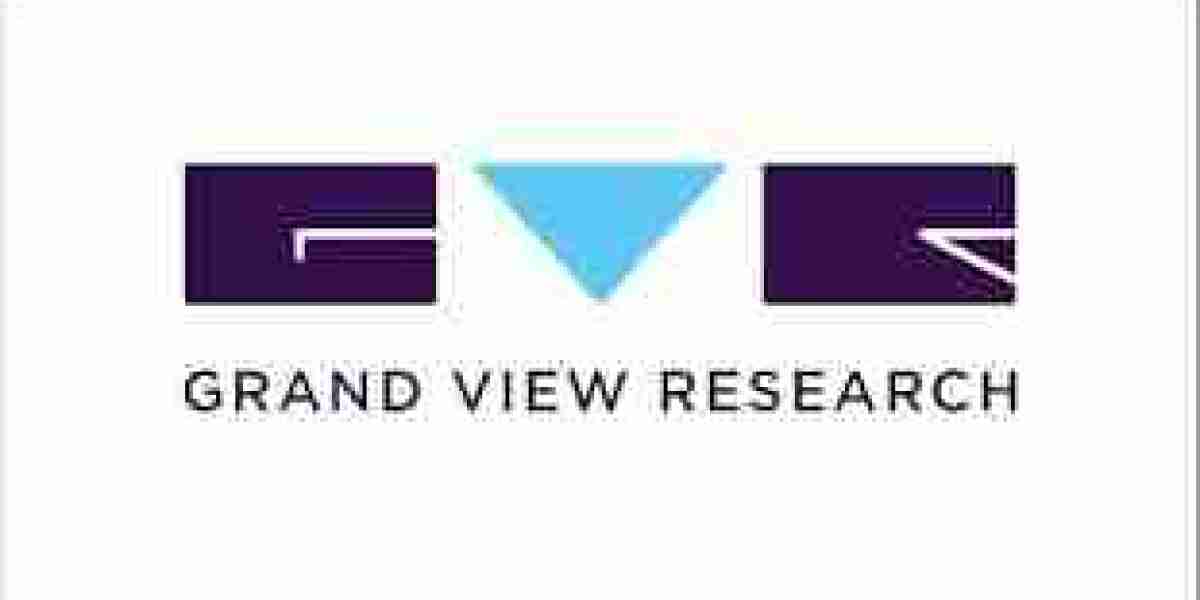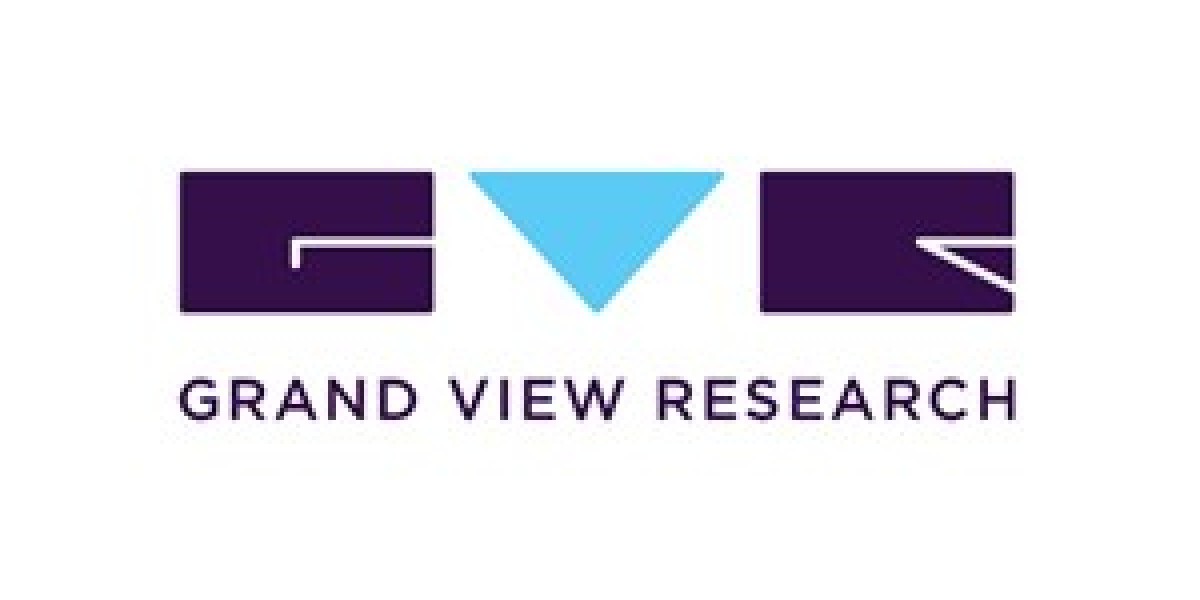The global synthetic leather market was valued at USD 38.98 billion in 2023 and is projected to grow at a compound annual growth rate (CAGR) of 7.87% from 2024 to 2030. This growth is primarily driven by increasing demand across key sectors such as footwear, fashion accessories, automotive, and furniture, with synthetic leather emerging as a viable alternative to traditional animal-based leather. As industries continue to seek more cost-effective, durable, and sustainable materials, synthetic leather has gained significant traction.
One of the primary factors fueling market growth is the rising demand from the footwear sector. Synthetic leather is extensively used in the production of shoes due to its affordability, versatility, and ease of customization. With the increasing global population and rising disposable incomes, footwear has become a significant category in the consumer market. Synthetic leather's ability to mimic the look and feel of natural leather while being lighter and less expensive has made it a popular choice for both premium and mass-market footwear brands.
Additionally, consumer awareness of sustainability and animal welfare has pushed brands to explore more ethical alternatives. As synthetic leather production involves fewer environmental impacts compared to animal leather (in terms of water usage, land, and emissions), the material has gained popularity among eco-conscious consumers.
Gather more insights about the market drivers, restrains and growth of the Synthetic Leather Market
Regional Insights
Asia Pacific (APAC):
The Asia Pacific region was the dominant market for synthetic leather in 2023, accounting for over 44.0% of global revenue. This market leadership is attributed to the rapid industrialization and urbanization in key economies like China, India, and South Korea, as well as rising disposable incomes and growing populations. As incomes rise and consumer preferences shift towards affordable, durable, and environmentally friendly alternatives to traditional leather, synthetic leather has become an increasingly popular choice, especially in fashion, automotive, and consumer goods.
China:
China stands out as one of the largest markets for synthetic leather, driven by its status as both a major producer and consumer. The country is a prominent global player in the leather industry, contributing significantly to the production and sale of synthetic leather products, particularly in footwear, bags, and apparel. However, the COVID-19 pandemic disrupted China’s manufacturing sector, leading to widespread factory shutdowns and production slowdowns. These disruptions, along with challenges in transportation and supply chains, have hindered the demand for synthetic leather in some end-use applications. Despite these short-term setbacks, China's long-term growth trajectory remains strong as the government continues to prioritize technological innovation and sustainability, creating new opportunities for synthetic leather manufacturers.
India:
India’s growing demand for synthetic leather is also noteworthy, driven by its expanding middle class and increasing adoption of eco-friendly products. The Indian market has witnessed rising demand for synthetic leather in automotive interiors, furniture, footwear, and fashion accessories. Similarly, South Korea, with its robust fashion and automotive industries, is another key player in the region, contributing to the overall growth of the synthetic leather market.
North America:
In North America, the synthetic leather market is expected to grow at a slower pace compared to other regions, mainly due to market saturation and shifting consumer attitudes toward traditional leather products. The region has seen a significant concentration of established fashion brands, which have already captured a large share of the market. The demand for synthetic leather in fashion products, such as clothing, bags, and footwear, has, however, seen a boost, driven by ethical consumerism and the growing interest in vegan and cruelty-free alternatives to animal leather.
Europe:
Europe has been one of the key regions driving the growth of the synthetic leather market, experiencing significant expansion due to the flourishing automotive, fashion, and consumer appliance industries. The automotive sector, in particular, has seen a rising demand for synthetic leather for car interiors, driven by the need for cost-effective, durable, and eco-friendly materials. The shift towards electric vehicles (EVs) and sustainability initiatives in the automotive industry has further fueled the demand for synthetic leather, as manufacturers seek alternatives to traditional leather that align with green manufacturing principles.
Browse through Grand View Research's Plastics, Polymers & Resins Industry Research Reports.
- The global medical polymer market size was valued at USD 18.4 billion in 2021 and is expected to expand at a compound annual growth rate (CAGR) of 8.0% from 2022 to 2030
- The global adhesives and sealants market size was valued at USD 63.79 billion in 2021 and is expected to register a compound annual growth rate (CAGR) of 5.9% from 2022 to 2030.
Key Companies & Market Share Insights
Some of the key players operating in the market include Teijin Limited and Alfatex Italia SRL.
- In April 2023, General Silicones Co., Ltd. Launched new vegan silicone leather product series under Compo-SiL brand name. This series will be used to manufacture shoes, belts, bags, covers, and book bindings.
- Teijin Limited is one of the leading manufacturers of synthetic fiber in Japan and operates through 150 subsidiaries and affiliates across the globe. The company provides a range of services and products in the fields of information and electronics, safety and protection, environment and energy, and healthcare. It operates in two business segments, namely materials and healthcare. The materials business segment includes advanced fibers and composites, and electronics materials & performance polymer products.
Key synthetic leather Companies:
The following are the leading companies in the synthetic leather market. These companies collectively hold the largest market share and dictate industry trends. Financials, strategy maps & products of these synthetic leather companies are analyzed to map the supply network.
- Kuraray Co., Ltd.
- H.R. Polycoats Pvt. Ltd.
- Alfatex Italia SRL
- Filwel Co., Ltd.
- Yantai Wanhua Synthetic Leather Group Co., Ltd.
- San Fang Chemical Industry Co., Ltd.
- Mayur Uniquoters Limited
- Teijin Limited
- Nan Ya Plastics Corporation.
Order a free sample PDF of the Market Intelligence Study, published by Grand View Research.



